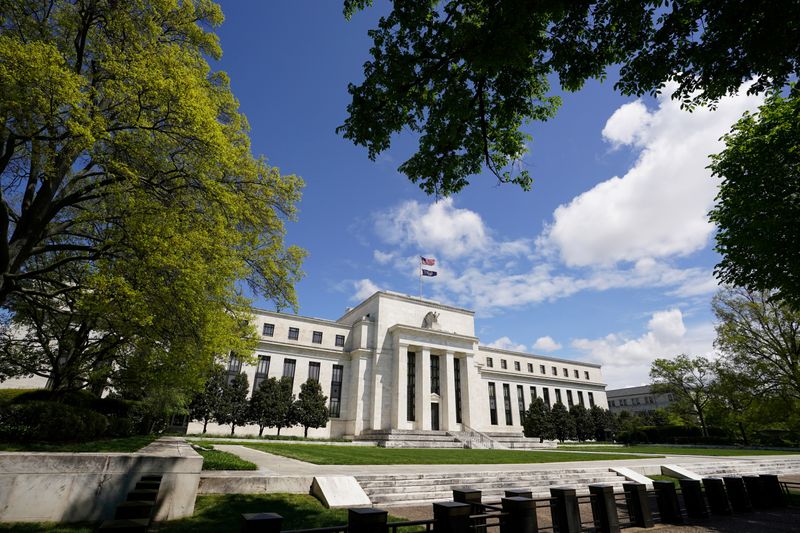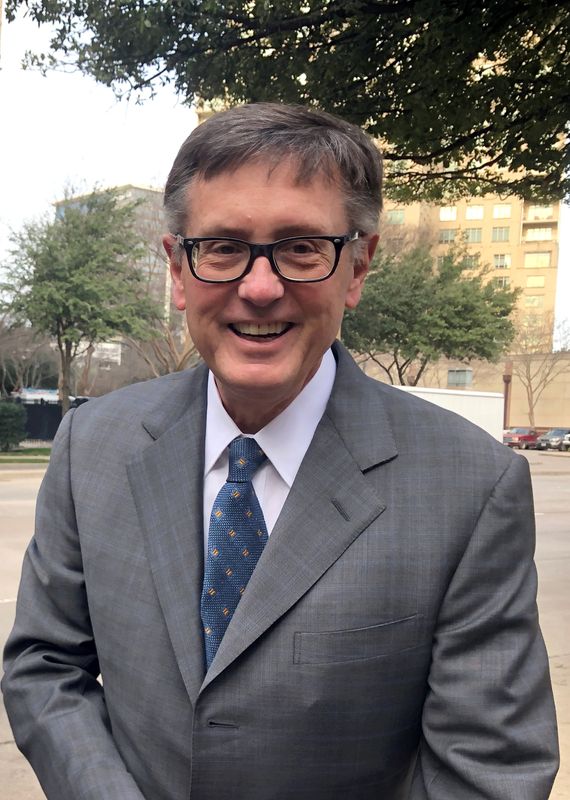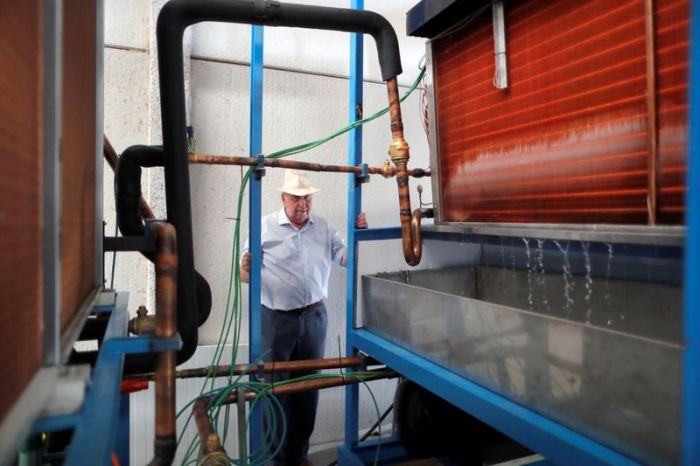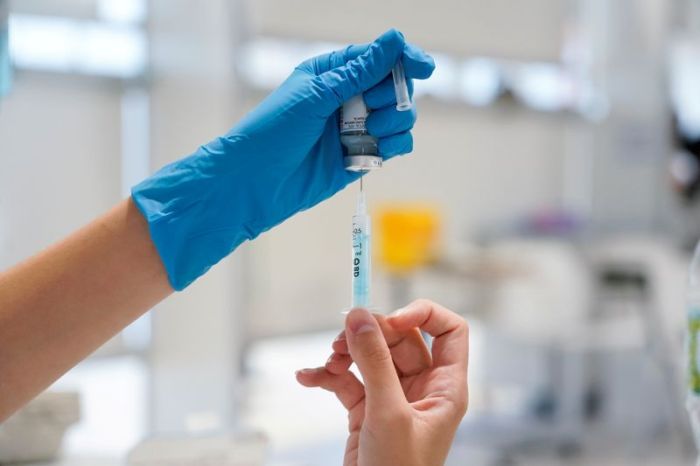WASHINGTON (Reuters) – The contours of debate within the U.S. central bank over when to dial back support for the economy burst into the open on Wednesday as a key architect of the Federal Reserve’s new policy strategy said he feels the conditions for raising interest rates could be met by the end of 2022.
“Commencing policy normalization in 2023 would, under these conditions, be entirely consistent with our new flexible average inflation targeting framework,” Federal Reserve Vice Chair Richard Clarida said in a webcast discussion hosted by the Peterson Institute for International Economics.
Clarida helped craft that framework, adopted last August, under which the Fed has pledged to keep rates at their current near-zero level until the economy reaches full employment, and inflation hits the Fed’s 2% goal and is on track to moderately exceed that pace for some time.
Meanwhile, Clarida added, he could “certainly” see the Fed announcing a reduction in its $120-billion-a-month asset purchase program later this year, given the surprising pace of the economic recovery from the coronavirus pandemic.
Three other policymakers on Wednesday also signaled their readiness to start reducing the Fed’s bond-buying program, though their views on timing differed, as did their views on what should happen next.
One of them, Dallas Fed President Robert Kaplan, said that reducing the monthly asset purchases “soon” lays the groundwork for a more “patient approach” to raising borrowing costs. St. Louis Fed President James Bullard said tapering sooner clears the way for rate hikes next year, if needed.
Taken together, the remarks opened the door to the prospect of the Fed more quickly easing up on the monetary gas pedal than had been anticipated. They also highlighted the intensity of the talks within the central bank over how and when to do so, a debate likely to crescendo in coming weeks as more economic data rolls in.
The economy, recovering from the punishing blow of the pandemic, is supporting 6.8 million fewer jobs than it did before the crisis hit, but inflation is running well above the Fed’s 2% target.
While the jobs gap suggests to some Fed policymakers that it is far too soon to dial down monetary policy support, the high inflation readings are giving others pause.
Fed Chair Jerome Powell said last week that the central bank was “clearly a ways away” from considering rate hikes, even as he acknowledged policymakers are monitoring inflation carefully to make sure the current overshoot is not persistent.
Clarida, Powell’s second-in-command, offered on Wednesday a more precise and bullish view on when the Fed will hit its maximum employment and flexible 2% inflation targets, even as he vouched for Powell’s expectation that the Delta variant of COVID-19 would not blow the economy off course.
“I believe that these … necessary conditions for raising the target range for the federal funds rate will have been met by year-end 2022,” Clarida said.
The central bank has kept the federal funds rate – its benchmark overnight interest rate – near zero since lowering it to that level last year to shelter the economy from the pandemic’s fallout.
Clarida’s comments – his first in nearly two months – came just days after Fed Governor Christopher Waller signaled that the Fed ought to begin paring its bond-buying by October, and Fed Governor Lael Brainard said she would want to have more data in hand before making any such decision.
For his part, Powell said last week that the labor market was “some way away” from meeting the Fed’s bar for tapering its purchases of Treasuries and mortgage-backed securities (MBS).
While it’s usual to hear from regional Fed bank presidents with divergent views, members of the Fed Board — who have permanent votes on Fed policy — typically stick closer together.
“I think the committee and the board of governors seem fairly divided,” said Karim Basta, chief economist for III Capital Management. “It’s pretty rare to see governors speak openly with very different views.”
REDUCING ASSET PURCHASES
The central bank has been buying $80 billion of Treasuries and $40 billion of MBS each month since the onset of the pandemic to place downward pressure on borrowing costs in order to try and speed the economic recovery.
Earlier on Wednesday, St. Louis Fed’s Bullard said he expected the economy would return to pre-pandemic employment levels by next summer.
“So you’d be sitting here next summer, with inflation well above target and jobs on the way back to pre-pandemic levels,” Bullard said in an online interview with the Washington Post. “That sounds to me like that’s something we should be prepared for.”
Kaplan, in an interview with Reuters on Wednesday, endorsed Bullard’s view that the asset-purchase program was doing little for the recovery and phasing it out should start “soon.” But unlike Bullard and Waller, he said the reduction should be gradual, and should not start the clock on raising rates.
“My comments on purchases are not intended to suggest I want to take more aggressive action on the Fed funds rate,” he said.
An imminent taper is not a done deal. Brainard on Friday said she favors having September jobs data in hand before making a decision, a timeline that points to a November taper announcement at the earliest.
Speaking on PBS Newshour, San Francisco Fed President Mary Daly said Wednesday she views a taper later this year or early next is the most likely scenario.
The U.S. Labor Department is scheduled to release its July employment report on Friday.
Clarida said he expects some “pretty healthy” U.S. job gains this fall as factors holding back labor supply dissipate.
He also said he still expects current high inflation readings to come back down, but that if the Fed’s preferred inflation gauge comes in above 3% this year, as he forecasts, he would consider that more than a moderate overshoot.
“I believe that the risks to my outlook for inflation are to the upside,” Clarida said.
(Reporting by Lindsay Dunsmuir and Ann Saphir and Jonnelle Marte; Editing by Paul Simao and Richard Pullin)





















